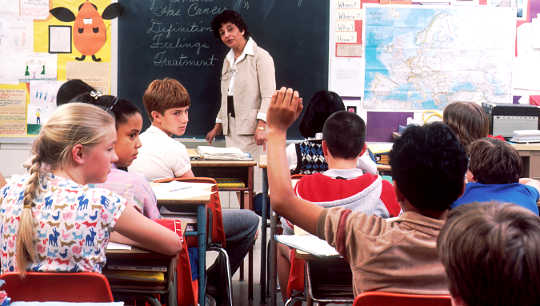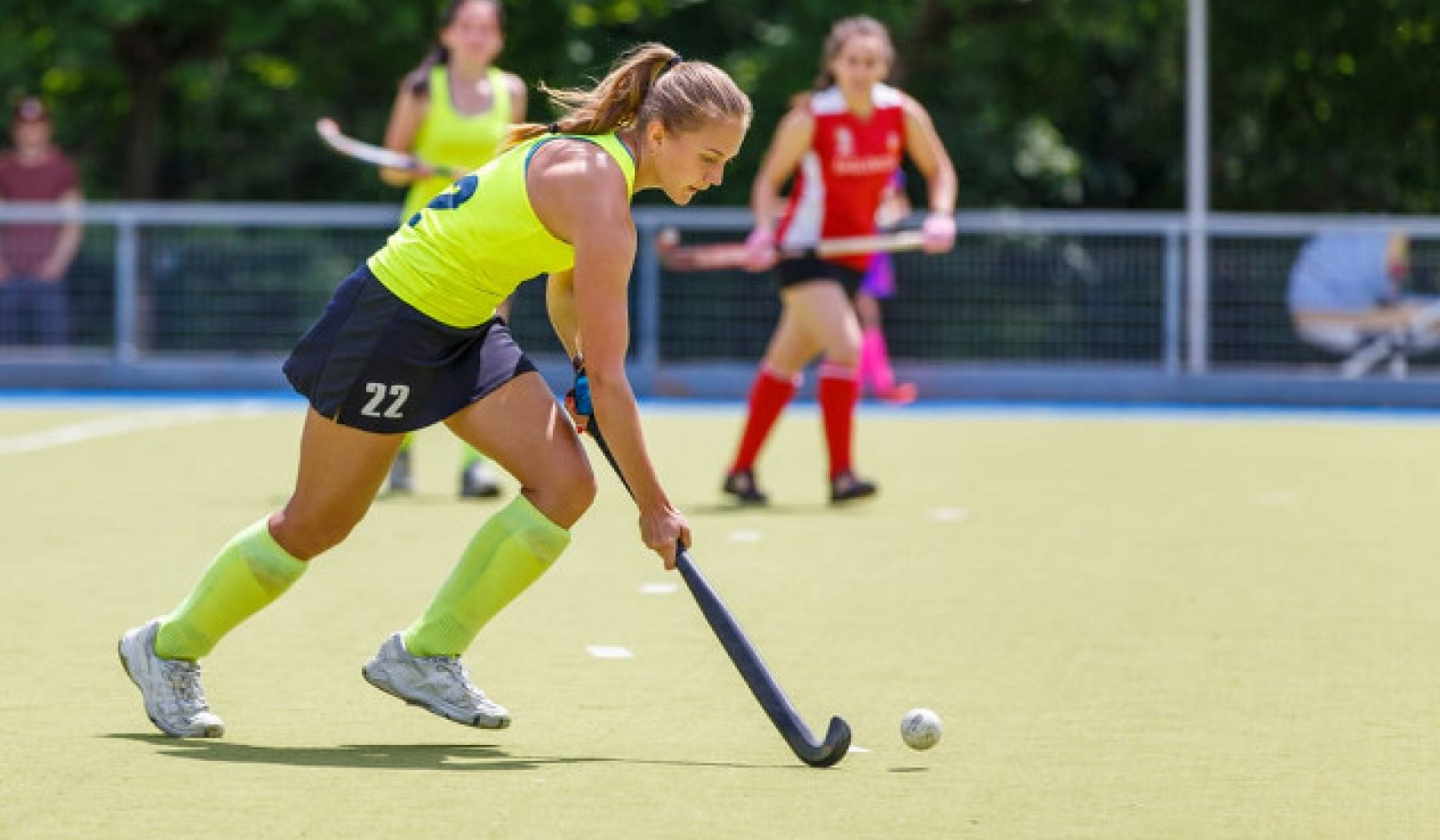
Preschool-aged children can learn bias through nonverbal signals displayed by adults, such as a condescending tone of voice or a disapproving look, new research suggests.
“This research shows that kids are learning bias from the non-verbal signals that they’re exposed to, and that this could be a mechanism for the creation of racial bias and other biases that we have in our society,” says lead author Allison Skinner, a postdoctoral researcher in the University of Washington’s Institute for Learning & Brain Sciences.
“Kids are picking up on more than we think they are, and you don’t have to tell them that one group is better than another group for them to be getting that message from how we act.”
The research involved an initial group of 67 children ages 4 and 5, an equal mix of boys and girls. The children watched a video in which two different female actors displayed positive signals to one woman and negative signals to another woman. All people in the video were the same race, to avoid the possibility of racial bias factoring into the results.
The actors greeted both women the same way and did the same activities with both (for example, giving each a toy) but the actors’ nonverbal signals differed when interacting with one woman versus the other. The actor spoke to one woman in a positive way—smiling, leaning toward her, using a warm tone of voice—and the other negatively, by scowling, leaning away, and speaking in a cold tone. The children were then asked a series of questions—such as who they liked the best and who they wanted to share a toy with—intended to gauge whether they favored the recipient of positive nonverbal signals over the recipient of negative nonverbal signals.
The results, published in Psychological Science, showed a consistent pattern of children favoring the recipient of positive nonverbal signals. Overall, 67 percent of children favored the recipient of positive nonverbal signals over the other woman—suggesting they were influenced by the bias shown by the actor.
The researchers also wondered if nonverbal signals could lead to group bias or prejudice. To get at that question, they recruited an additional 81 children ages 4 and 5. The children saw the same videos from the previous study, then a researcher introduced them to the “best friends” of the people in the video. The “friends” were described as members of the same group, with each wearing the same color shirt as their friend. The children were then asked questions to assess whether they favored one friend over the other.
Strikingly, the results showed that children favored the friend of the recipient of positive nonverbal signals over the friend of the other woman. Taken together, the researchers say, the results suggest that biases extend beyond individuals to members of groups they are associated with.
Skinner points out that many American preschoolers live in fairly homogenous environments, with limited ability to witness positive interactions with people from diverse populations. So even brief exposure to biased nonverbal signals, she says, could result in them developing generalized biases. The simulations created for the study represent just a small sample of what children likely witness in real life, Skinner says.
“Children are likely exposed to nonverbal biases demonstrated by multiple people toward many different members of a target group,” she says. “It is quite telling that brief exposure to biased nonverbal signals was able to create a bias among children in the lab.”
The study’s findings, she says, underscore the need for parents and other adults to be aware of the messages—verbal or otherwise—that they convey to children about how they feel about other people.
About the Study's Authors
Lead author is Allison Skinner, a postdoctoral researcher in the University of Washington’s Institute for Learning & Brain Sciences. Coauthors are Andrew Meltzoff, co-director of the Institute for Learning & Brain Sciences, and Kristina Olson, assistant professor of psychology. Funding came from the University of Washington Ready Mind Project Innovative Research Fund.
Source: University of Washington
Related Books:
at InnerSelf Market and Amazon



























